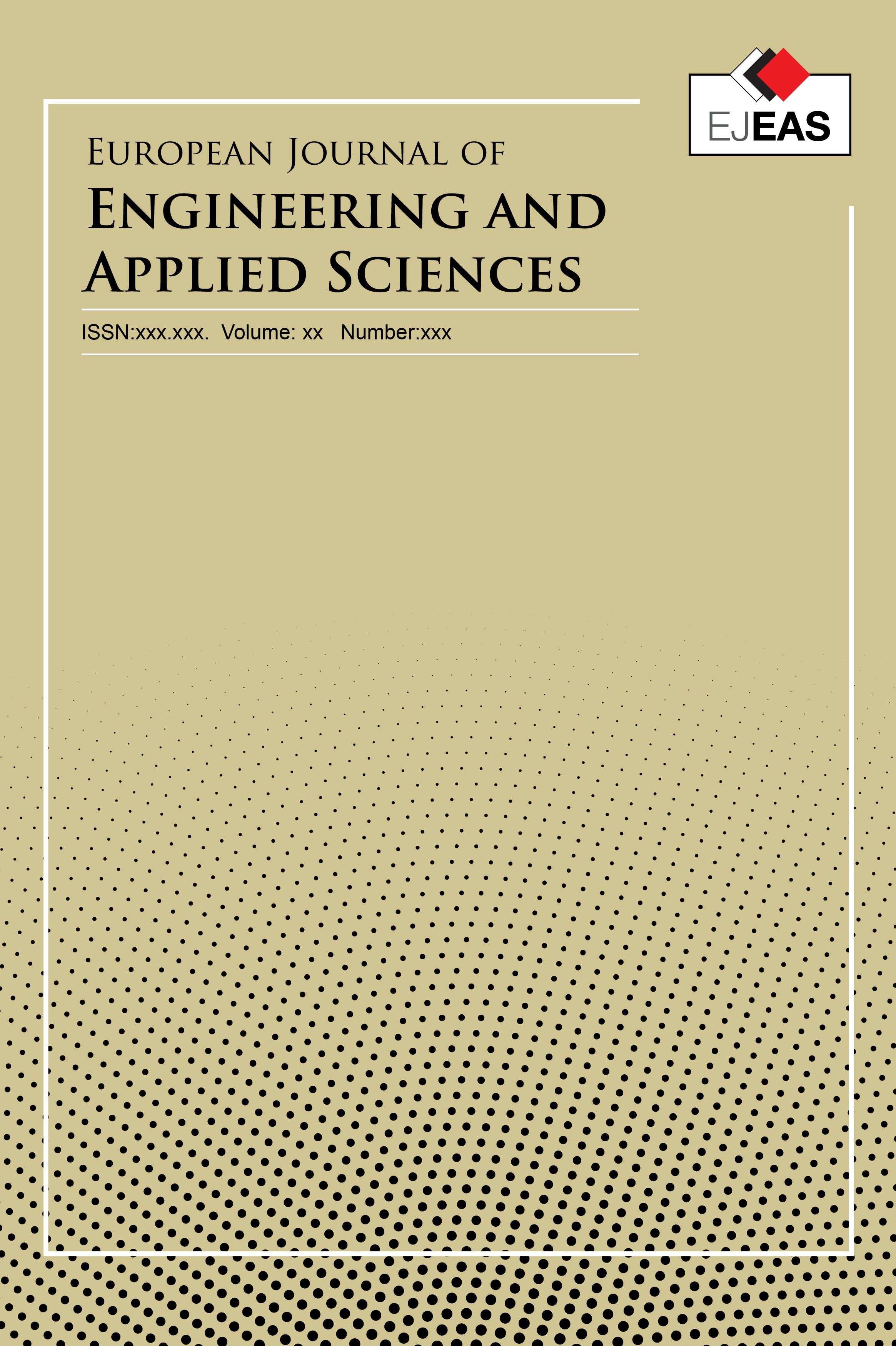Yüksek Roff/Ron Oranlı Memristörler İçin Bir Test Yöntemi
Yarı iletken elektronik elemanlar kullanımlarından önce test edilmelidirler. Memristörler varlığı 1971 yılında ortaya atılmış olan doğrusal olmayan elemanlardır ve bir memristif sistem 2008 yılında bulunmuştur. Memristörler son yıllarda önemli bir araştırma alanına dönüşmüştür. Ayrıca memristörlere ilave olarak memristif sistemler de memristör olarak adlandırılmaktadır. Literatürde memristörlere ait lineer iyon sürüklenme hızlı, doğrusal olmayan iyon sürüklenme hızlı ve eşik voltajlı olmak üzere çok sayıda model bulunmaktadır. Bir gün memristörler ticari olarak satıldığında devre tasarımcılarının bir memristör test yöntemine ihtiyaç olacaktır. Bu makalede öncelikle çeşitli memristör modelleri incelenmiş ve yüksek ROFF/RON oranına sahip memristörler için bir test yöntemi verilmiştir. Bu test sadece bir multimetre ya da ohmmetre kullanılarak yapılabilmekte ve ölçülen memristörün sağlam ya da bozuk olduğunu göstermektedir.
Anahtar Kelimeler:
Memristör, Eleman test, İnce filmler.
A Simple Test for Non-ideal Memristors
Semiconductor components must be tested before their usage. The test for a diode is well-known. Memristor is a nonlinear circuit element, whose existence has been predicted in 1971 and a memristive system behaving as memristor has been found in 2008. It is actually a nonlinear resistor with charge-dependency. In recent years, memristor has become an important research area. In addition to ideal memristors, memristive systems are nowadays also called memristors. However, memristor is not entirely known as a circuit element and there is still research undergoing to model it. Memristor has different models used in literature, such as linear dopant drift models, nonlinear dopant drift models, and threshold-based models. If memristor would become commercially available and start being commonly used in circuits, it will also need testing methods to be used by circuit designers. In this paper, by reviewing some of the memristor models given in literature, a simple test is suggested to be applied for individual memristors.
Keywords:
Memristor, Component test, Thin films,
___
- [1] D. B. Strukov, G. S. Snider, D. R. Stewart, and R. S. Williams, ”The missing memristor found,” Nature (London), Vol. 453, pp. 80-83, 2008.
- [2] Vongehr, Sascha, and Xiangkang Meng. "The missing memristor has not been found." Scientific reports 5 (2015).
- [3] L. O. Chua,” Memristor - The Missing Circuit Element,” IEEE Trans.Circuit Theory, Vol. 18, pp. 507-519, 1971.
- [4] L. O. Chua and S. M. Kang,” Memrisive devices and systems,” Proc.IEEE, Vol. 64, pp. 209-223, 1976.
- [5] Prodromakis, T., and C. Toumazou. "A review on memristive devices and applications." 2010 17th IEEE International Conference on Electronics, Circuits and Systems.
- [6] Pershin, Yu V., J. Martinez-Rincon, and M. Di Ventra. "Memory circuit elements: from systems to applications." Journal of Computational and Theoretical Nanoscience 8.3 (2011): 441-448.
- [7] Y. V. Pershin and M. Di Ventra, “Memory effects in complex materials and nanoscale systems,” Adv. Phys., vol. 60, pp. 145–227, Apr. 01, 2011, 2011.
- [8] L. Chua, “Resistance switching memories are memristors,” Appl. Phys. A, vol. 102, pp. 765–783, Mar. 01, 2011, 2011.
- [9] Marani, Roberto, Gennaro Gelao, and Anna Gina Perri. "A Review on Memristor Applications" International Journal of Advances in Engineering & Technology 8.3 (2015): 294.
- [10] Shin, Sangho, Kyungmin Kim, and Sung-Mo Kang. "Memristor applications for programmable analog ICs." IEEE Transactions on Nanotechnology 10.2 (2011): 266-274.
- [11] Fouda, Mohamed E., and Ahmed G. Radwan. "Memristor‐based voltage‐controlled relaxation oscillators." International Journal of Circuit Theory and Applications 42.10 (2014): 1092-1102.
- [12] Pershin, Y. V., and M. Di Ventra. "A simple test for ideal memristors." Journal of Physics D: Applied Physics, Volume 52, Number 1, 2018.
- [13] Biolek, Zdeněk, Dalibor Biolek, and Viera Biolkova. "SPICE Model of Memristor with Nonlinear Dopant Drift." Radioengineering 18.2 (2009).
- [14] Joglekar, Yogesh N., and Stephen J. Wolf. "The elusive memristor: properties of basic electrical circuits." European Journal of Physics 30.4 (2009): 661.
- [15] Prodromakis, Themistoklis, et al. "A versatile memristor model with nonlinear dopant kinetics." IEEE transactions on electron devices 58.9 (2011): 3099-3105.
- [16] Karakulak, E., Mutlu R., Uçar E., "Reconstructive sensing circuit for complementary resistive switches-based crossbar memories." Turkish Journal of Electrical Engineering & Computer Sciences 24.3 (2016): 1371-1383.
- [17] Mutlu R., and Karakulak E. "A methodology for memristance calculation." Turkish Journal of Electrical Engineering & Computer Sciences 22.1 (2014): 121-131.
- [18] F.Z. Wang, N. Helian, S. Wu, M.G. Lim, Y. Guo, M.A. Parker, “Delayed switching in memristors and memristive systems”, Electron Device Letters, Vol. 31, pp. 755–757, 2010.
- [19] R. Mutlu, E. Karakulak, “Emulator circuit of Ti02 memristor with linear dopant drift made using analog multiplier", National Conference on Electrical, Electronics and Computer Engineering, pp. 380-384, 2010.
- ISSN: 2651-3412
- Yayın Aralığı: Yılda 2 Sayı
- Başlangıç: 2018
- Yayıncı: Tekirdağ Namık Kemal Üniversitesi
Sayıdaki Diğer Makaleler
Bilgen ÇAVUŞOĞLU, Füsun EKMEKYAPAR
Elektromanyetik Dalga Yayılımının Uzaysal-Spektral Analizi
Hafız ALİSOY, Baykant Barış ALAGÖZ, Gülizar ALİSOY
Plastik Poşet Zararlarını Önleme ve Tüketici Bilinci Oluşturma Üzerine Bir Çalışma
Tülay AKAN, Derman VATANSEVER BAYRAMOL
